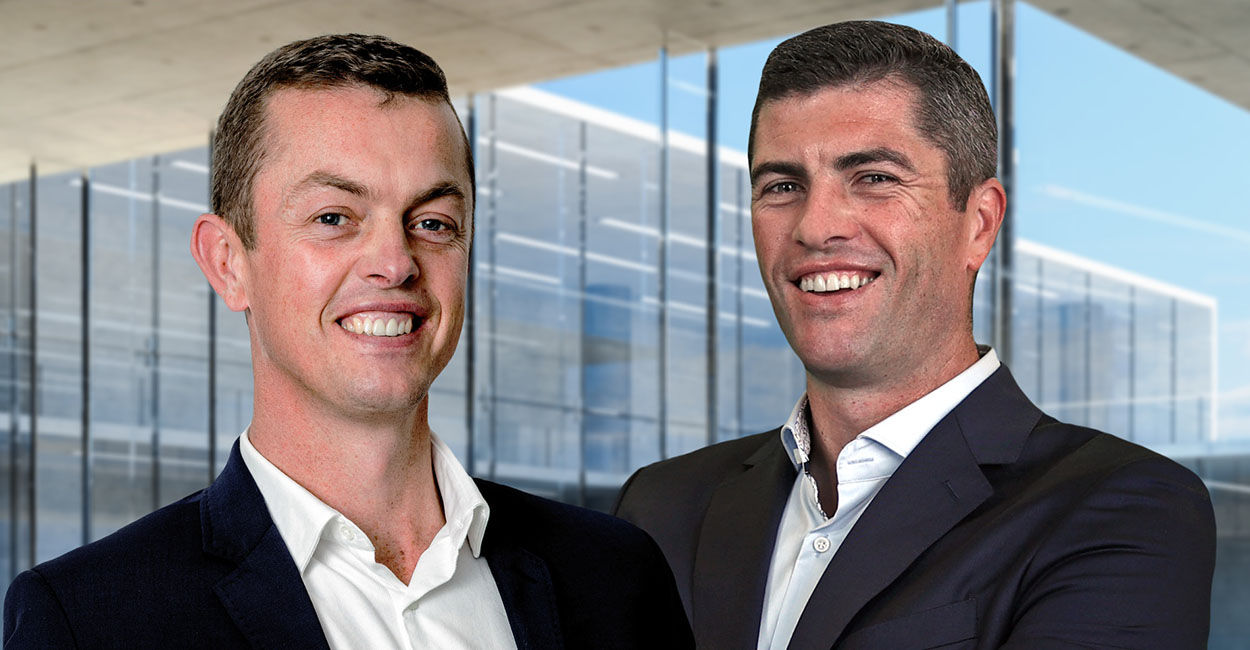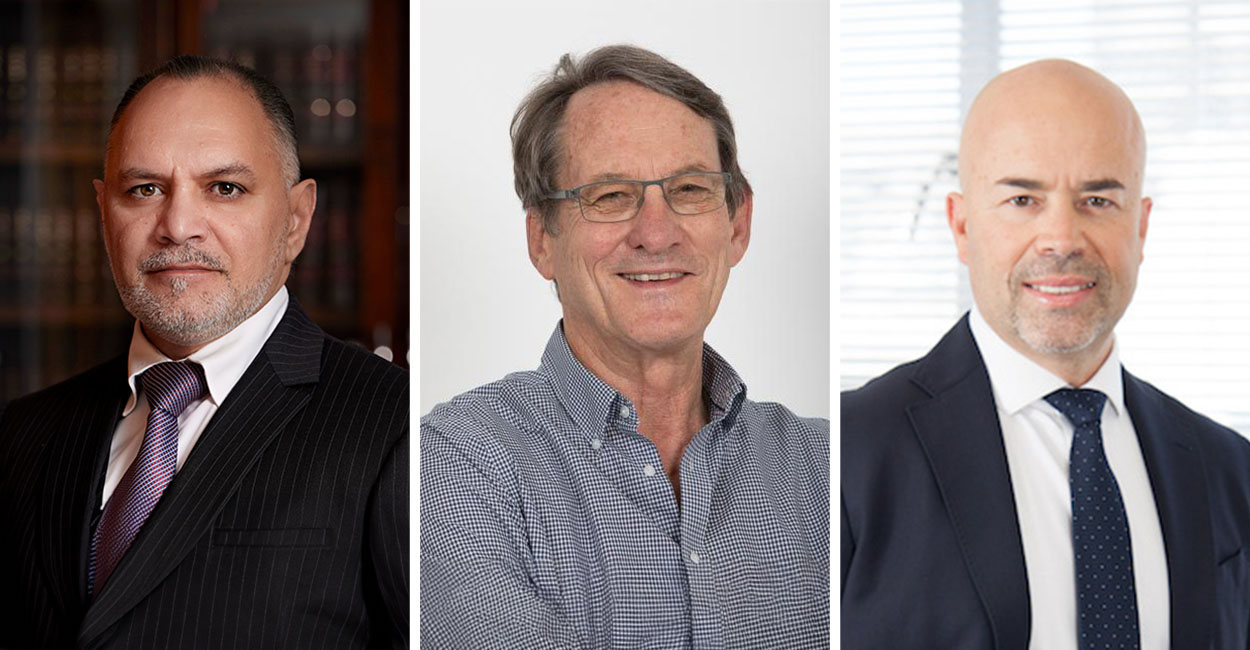Major public infrastructure stimulates sectors of the property market, both directly and indirectly. Can knowledge of proposed projects give real estate agents the inside track on market direction?
Most estate agents are understandably cautious of the ‘crystal ball syndrome’: predicting the next suburb revival or demand in an area. But for those prepared to delve beneath the skin of their city and arm themselves with knowledge about current or future new, improving or expanding infrastructure – catalytic projects – it can be rewarding. No matter where in the world you are, property always rises to the occasion around appropriate infrastructure.
There’s growing consensus worldwide that high-quality, high-capacity public transport is the only way for increasingly congested cities to accommodate sustained and sustainable economic growth. The current locations of South African cities mean that many, particularly poorer, communities live far from places of work and opportunity, and have to travel long distances. This factor is a significant driver of South Africa’s infrastructure.
In the three major cities – Cape Town, Johannesburg and Durban – the government’s focus is firmly set on accessible, safe, affordable public transport and smooth, smart arterial connections between commercial/industrial and residential nodes. Decisions about these links are being made within a far greater regional and national framework of planning for sustainable cities of the future. In many instances, city maps are being rethought and redrawn.
THE GAUTRAIN SUCCESS STORY AND BEYOND
Commuters attach great value to easy access to high-quality public transport, and the Gautrain project is a golden example of the knock-on effect on real estate. The Gautrain has spawned new developments, stimulated old, and increased development in and around the stations – effectively becoming a development node. There’s massive demand for property close to the stations – particularly sectional-title units – and prices have increased markedly against equivalent properties further out.
Councillor Christine Walters, a member of the Mayoral Committee (MMC) for transport in the City of Johannesburg, says: “For the Gautrain, we currently have the south-north and the eastern links. The premier and the MEC for roads and transport are now finalising plans to take it to the western side, and down to the south. We’re complementing that with the BRT (Bus Rapid Transit) system. Completed is Phase One A: Soweto into the eastern side of the City; and Phase One B: massive infrastructure from Soweto coming down the corridor right into the city. We’re currently busy with Phase One C, by far the biggest of the three, and a project due for completion by 2037. Eventually, you’ll be able to travel from the Soweto area on any route, and still get into Sandton and Alexandra, Ivory Park into Midrand.”
That’s not all they’re doing. Whatever catchphrase the various cities have given it, non-motorised transport is the buzzword, to which the month-long EcoMobility World Festival experiment in Sandton is testament. Given that every day about 10,000 people walk and cycle roughly 5km from Alexandra to Sandton − crossing over the M1 at Grayston Interchange – the building of new bridges, and revamping of old ones, is high on the agenda. A dedicated bridge will be a game changer.
HOW CAPE TOWN IS MOVING
What about the Mother City? Scutinising their Built Environment Performance Plan* (BEPP), it’s clear this city, too, is prioritising transit-oriented development (TOD). The city considers TOD a priority development strategy that is achievable only in partnership with the property-development sector. They are currently mobilising resources, expertise and mechanisms that will leverage private-sector interest, starting with a R57m capital investment grant from the government.
The city has already invested R5.7bn in the MyCiTi Bus Rapid Transit (BRT) system, and has a 20-year plan for its further roll-out. Its public transport strategy will be further bolstered by plans to upgrade the city’s passenger rail system. Draft 2(a) of the City of Cape Town’s BEPP 2014/15 states: “Sustainable and transformative city building means we need to develop housing closer to where people currently work, while also developing work and other opportunities near where people currently live, with everything located in close proximity to high-quality public transport. The city has therefore identified two initial priority corridors in which to promote TOD-oriented development, and has undertaken extensive analyses in support of its proposal to introduce a spatially targeted investment incentive regime for a number of industrial areas within these corridors.”
DURBAN ON THE GO
GODurban! is Durban’s integrated rapid public-transport network. Now well underway, it comes with a massive vision to redress and address Durban’s transport links and to facilitate safe, non-motorised transport options. “It’s the biggest infrastructural project the city has ever undertaken, with an investment of R22bn over 13 years,” says eThekwini Municipality mayor councillor James Nxumalo.
Durban has a great deal on its dashboard. With the dangling carrot of the Commonwealth Games in seven years’ time, not only does the city have numerous major infrastructure projects on or nearly off the drawing board, but a tantalising need to capture the attention of – and entertain – the Games’ estimated 200,000 tourists likely to descend on their shores. In total, international visitors are expected to contribute up to R12bn in direct expenditure, while investment in infrastructure is expected to contribute to lasting benefits for the city. The Games will be designed, planned and executed to facilitate certain national priorities, like housing. It’s envisaged that the athletes’ village will contribute around 1,800 housing units within the greater Durban area. After the event, it may accommodate around 7,000 individuals. In total, the Games are expected to deliver up to R20bn to the economy in output, translating into an estimated R11bn GDP growth.
Take Durban’s Promenade, beachfront, uShaka Marine World, The Point development and, recently, Film City. The local and international investment partnerships with the city are massive – and game changing. It’s been 10 long years, but Anant Singh’s Videovision subsidiary, Rinaldo Investments, fought the good fight, and won. Government has given the South African film industry the status of a ‘strategic industry’, so its role in the country’s economy is significant. The Department of Trade and Industry has a programme in place to incentivise film-makers who spend a sizeable portion of their budget on South African soil. Movie-maker Anant Singh says: “Durban’s been behind in getting any meaningful slice of the R10bn-a-year movie pie − barely 3%, if we’re lucky. I believe we’ll shift some of that pie here”.
This R7bn-plus world-class project promises to be a far broader, more interactive, community-centric development. It’s a vast, multipurpose theme park, not unlike the legendary Universal Studios City, but with a strong local community interface and African flavour. And on the southern end is the Point Waterfront development, potentially a R40bn mixed-use project. The primary developer is the Durban Point Development Company, with eThekwini Municipality, through the Durban Infrastructure Development Trust (DIDT), and ROC Point (Pty) Ltd (UEM Sunrise of Malaysia 80,4% and Vulindlela 19,6%) as joint shareholders. The development has been tied up with legal challenges for years. Now, an entirely new development framework plan has been drafted.
What’s interesting is that the Durban Point development is seen by Durbanites as a separate entity, but for eThekwini Municipality, it’s an integral part of the inner city matrix. The words ‘inner city’ conjure up Durban Central, but the actual boundaries demarcate a far broader block. The Durban Point is envisaged as the catalyst for that bigger picture. Musa Mbhele, Deputy City Manager for Economic Development and Planning, explains: “Most of our projects are directed at revitalising the inner city. Instead of dealing with each project piecemeal, we’ll look to a commonality of vision. A city is defined by its inner city look and feel, so we’ve crafted a master plan, designing remedies for a decaying urban core, which has led to, among other things, the business flight. We have a vision to become the most liveable city by 2030, and we won’t achieve that if we don’t cater to all Durban residents. We have a very rich cultural heritage we’d like to protect, but simultaneously, we’re striving to become a world-class city that will attract foreign investment.”
Talk to agents along the Durban beachfront and they say they have no stock, and the few frontline apartments that come to market have high price tags. Wakefields Estate Agents is marketing a bachelor apartment with views for more than a million rand, which would have been unheard of a year or so ago. And they’re selling. Over the past year, Tyson Properties has recorded a 200% increase in enquiries at the Point Waterfront.
Infrastructure affects property, no doubt about it. How to tap into this flood of information? For those who are determined to have the inside track, government, municipal and private-partner websites have all the information about yesterday, today and tomorrow. They’re often technical and hefty documents, but it’s all there for the brave.
*The Built Environment Performance Plan (BEPP)…
…is a compulsory plan submitted to the National Treasury annually, indicating how cities intend to align and expend national grants related to infrastructure to address specific national and local policy objectives.
EXPECTED IMPACT OF THE COMMONWEALTH GAMES ON DURBAN IN NUMBERS

Words: Anne Schauffer







